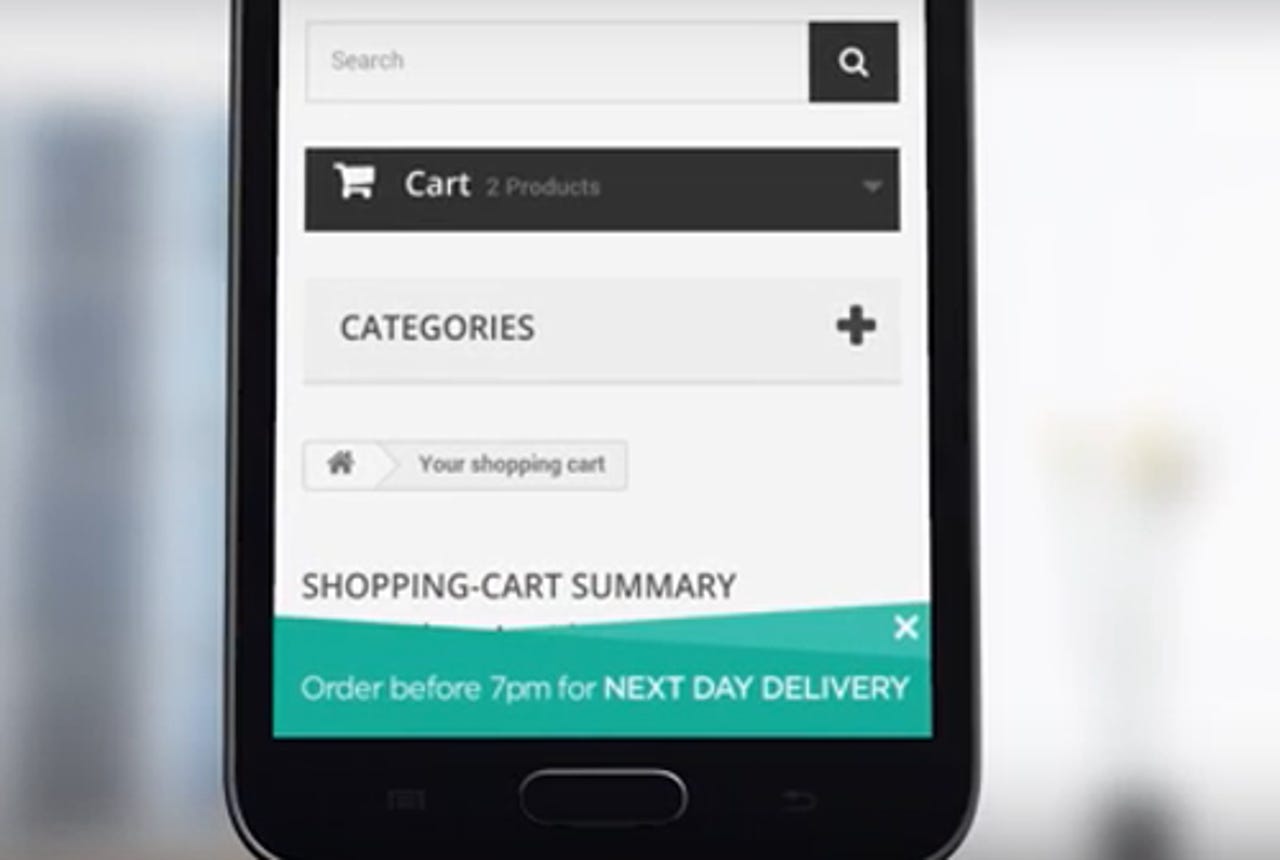How marketers can use FOMO to influence customers and track social proof

We want to buy the latest shiny piece of tech, the hottest trend, or newest game. We look to what others are doing to help us make a decision -- but some shoppers have no idea what products are popular with other consumers. If you can track what your customers are interested in, you can encourage them to buy your product by creating a sense of FOMO (Fear Of Missing Out).
But capturing what other casual browsers are interested in a given product has been hard for marketers.
Now, London-based analytics optimization platform Yieldify has introduced its Dynamic Social Proof as part of its Yieldify Conversion Platform.

The product triggers onsite messages that use live website traffic data to show the number of other shoppers that are viewing products in real-time.
This is a useful way to give shoppers who are currently browsing a nudge towards making their purchase. Brands do not even have to offer a discount, and the customer journey is enhanced for marketers.
This tactic capitalizes on the powerful human emotion -- and for the marketer -- drivers of conversion; urgency, and FOMO. This fear of missing out has caused 68 percent of millennials to make a purchase in the past.
By showing a casual shopper how many other visitors are viewing the same item in real time, you can encourage FOMO.
The Yieldify product can shows the number of other shoppers on a notification in the corner of the screen, or prominently in a full overlay on the web site.
Yieldify will enable e-commerce marketers to deliver simple onsite messages which are triggered by visitor behavior on the site. The message you display on your site can dynamically change based on how many visitors have been browsing that particular item.
The more popular a product seems, the stronger the sense of urgency a customer will feel to have it for fear that they will be missing out if they do not buy. This delivers the social proof that the product a customer is looking for is really popular, and encourages them to quickly make that purchase. Creating a sense of FOMO will get them to act.
Yieldify says that its Dynamic Social Proof campaigns are easy to create on the platform, requiring no coding or additional integrations. An integrated JavaScript tag lets customers design campaigns.
Marketers need to understand the drivers behind every online interaction and make them work for both the business and customer. If product discounts do not always work, the marketer needs to become smarter -- with whatever tools they can.
PREVIOUS AND RELATED COVERAGE
These brands get the most love on social media
Using social analytics technology, NetBase has looked at over 367 million social media mentions to rank the brands that have received the most positive posts throughout social media.
AI can now predict and guarantee the results of influencer marketing programs
Is influencer marketing just another PR tactic or can it really be scaled into a credible media channel with AI?
Publishers say affiliates generate more revenue than other types of marketing
A recent survey points to a bright future for affiliate marketing and social engagement.
The maths behind the memes: Why we share on social media
In today's social media driven society, an internet meme or online trend can explode in popularity overnight. (Remember the Ice Bucket challenge?) But why do some online trends take the world by storm before disappearing just as quickly as they arrive, and why do we share them?